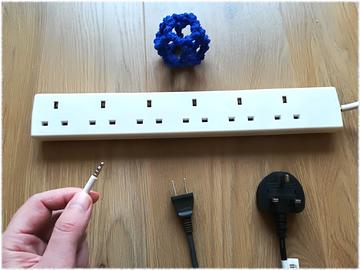As highlighted by the Covid-19 pandemic, there is a need for platforms to accelerate the generation of effective vaccines. Virus-like particles bearing many copies of a viral antigen are a potent way to induce strong antibody responses, usually exceeding the response induced by adenoviral vectors or nucleic acid vaccines.

The Howarth group have been working to increase the range of proteins that can be successfully displayed on virus-like particles (VLP). One obstacle is the different symmetry of target antigens from different pathogenic proteins. If a VLP has a three-fold axis of symmetry, one may be able to genetically fuse a monomeric or trimeric antigen from a certain virus, but dimeric or tetrameric antigens would not assemble properly, so preventing vaccine generation. Rolle Rahikainen in the Howarth group led a project to explore this challenge, taking proteins of different symmetry from different important diseases, including a monomer from SARS-CoV-2, a dimer from Lyme disease, and trimers or tetramers from Influenza. The project was a collaboration with Hung-Jen Wu and Anne-Marie Andersson from Biochemistry, Alain Townsend’s group at the WIMM, Simon Draper’s group at the Jenner Institute, and Thomas Bowden at Strubi.
Rolle found that modular vaccine assembly using spontaneous amide bond formation with his SpyCatcher003-mi3 VLP allowed efficient display of all these antigen symmetries. The immune response was tested in detail for influenza, where most vaccines have focused on the trimeric haemagglutinin, ignoring the important tetrameric neuraminidase. Using this modular assembly, strong immune responses in animal models were found to both haemagglutin and neuraminidase, which encourages future work towards a broadly protective influenza vaccine. Rolle said, “The process of making vaccines has normally been based on trial and error, making it slow and unreliable. Hopefully some principles from this study can help make the process a bit easier for everyone.” This work has recently been published here.
A related pre-print looks at the immune response generated using this VLP strategy for a SARS-CoV-2 vaccine candidate. Rolle’s work was funded by the MRC, the EU and the Finnish Cultural Foundation.
Mark Howarth
31st August 2020